Gardening is getting increasingly popular with the rising popularity of easy gardening solutions and home and commercial gardening. While gardening with Perlite and Vermiculite is easy, some people need help to differentiate between them and understand their needs. These amendments improve the soil’s texture, provide a better water-holding capacity and improve drainage.
Vermiculite is one of the most widely used amendments and the more commonly used of the two. This article helps you understand the differences between Perlite and Vermiculite, the benefits of Perlite and Vermiculite for plants, the two products, and guidance on how they should be used. Let’s check out more information on Perlite vs Vermiculite.
What is Perlite?
Perlite is a volcanic rock heated to a high temperature, causing it to expand and form small, white, and lightweight beads. It is frequently used as a soil supplement in thick clay soils to promote drainage and aeration. It can also start seedlings, propagate cuttings, and mix with potting soil to create a soilless mix.
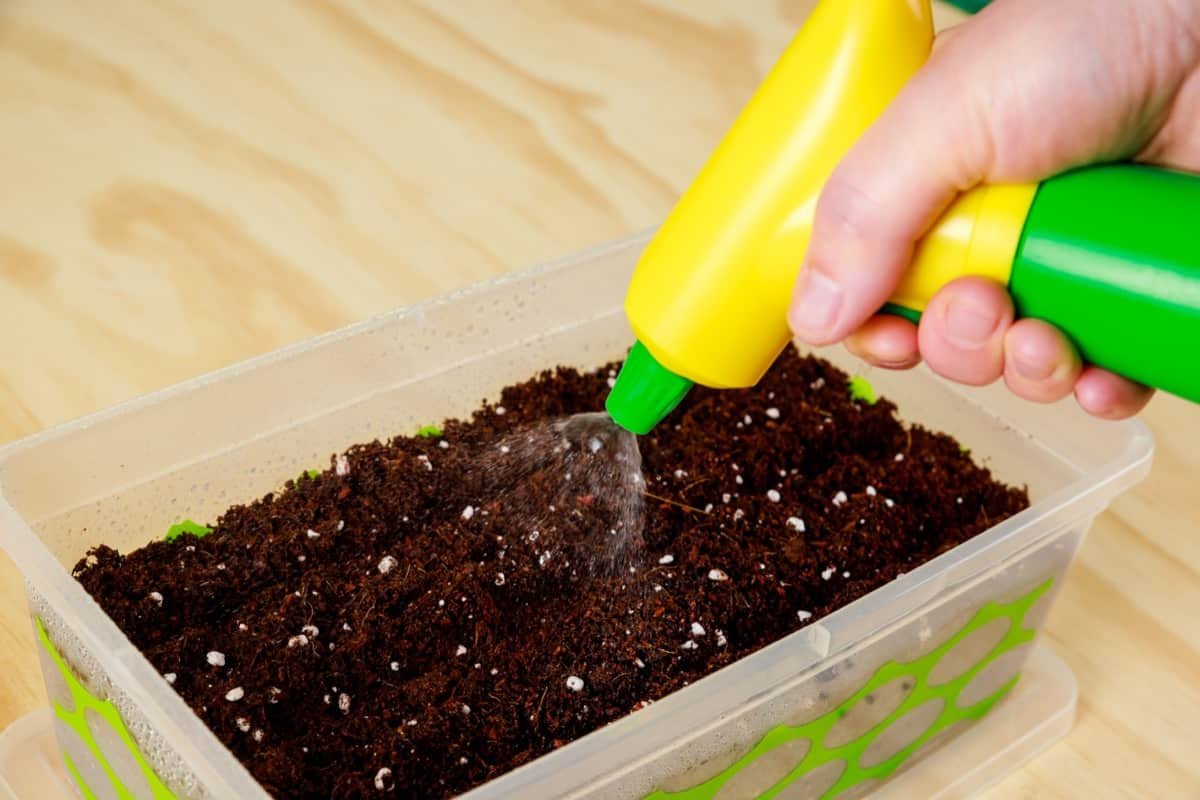
Perlite is sterile and does not contain any nutrients. Still, it can help to loosen heavy soils and improve their ability to retain water and air. It is also pH neutral, meaning it will not affect the acidity or alkalinity of the soil. Perlite is an inorganic material that will not degrade over time and can be used repeatedly.
What is Vermiculite?
Vermiculite is a mineral that is formed from the weathering of certain types of rock, typically mica. It is typically a dark brown or gold color and is often used to improve water retention in sandy or well-drained soils. Vermiculite absorbs water and nutrients and can hold them for later use by plants.
It can also be used to start seedlings, propagate cuttings, and as a soil amendment to improve the soil’s ability to hold nutrients. Vermiculite is also pH neutral and is non-toxic and non-flammable. The mineral also has some natural resistance to pests and disease, making it an ideal medium for seed germination and plant growth.
In case you missed it: Ways to Make and Use Banana Peel Fertilizer in Garden Plants: When and How to Apply
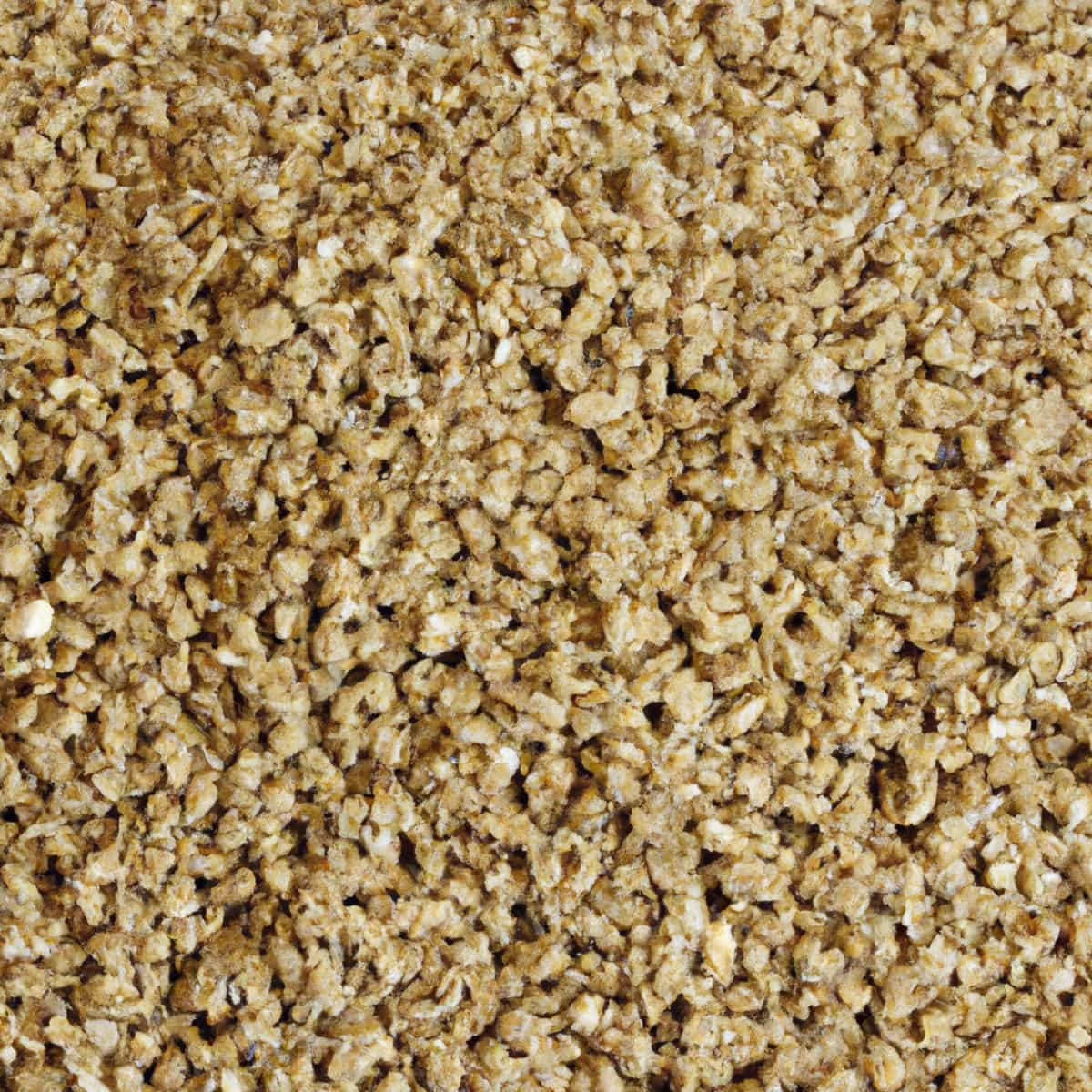
Different grades of Vermiculite in the Market
Vermiculite is available in different grades, which are determined by the size of the flakes. Vermiculite’s three most common grades are coarse, medium, and fine.
- Coarse Vermiculite: This grade has the largest flakes and is often used for extensive container gardening, topdressing lawns, and amending the soil in raised beds.
- Medium Vermiculite: This grade has medium-sized flakes and is the most commonly used grade for general gardening and horticulture. It improves soil moisture retention, adds essential nutrients, and improves soil structure.
- Fine Vermiculite: This grade has the smallest flakes and is used for seed germination and as a soil amendment in seed trays and plug trays. It is also used as a soil conditioner to improve soil structure and increase water retention.
Additionally, based on the quality, Vermiculite is also classified as Standard Vermiculite, Exfoliated Vermiculite, and Expanded Vermiculite. Standard Vermiculite is the raw form of Vermiculite, and it’s not expanded. Exfoliated Vermiculite is the raw form that is processed to break down the flakes, and Expanded Vermiculite is the one that is heated to expand it.
Perlite vs Vermiculite
Perlite is a white mineral that is lightweight and used to promote drainage and aeration in thick clay soils. At the same time, Vermiculite is a dark brown or gold mineral used to improve water retention in sandy or well-drained soils. Perlite is better suited for plants that prefer well-drained soils, while Vermiculite is better for plants that prefer moist soils. However, Perlite and Vermiculite can be combined with other soil amendments to create a well-balanced soil mix for any plant.
| Feature | Perlite | Vermiculite |
|---|---|---|
| Appearance | White, lightweight beads | Dark brown or gold, flaky |
| Composition | Volcanic rock | Mica-based mineral |
| Water Retention | Low | High |
| Drainage | High | Low |
| Aeration | High | Low |
| Ideal for Soil Type | Well-drained | Moist |
| Nutrient Holding capacity | Low | High |
| Sterility | Sterile | Sterile |
What are the benefits of Perlite & Vermiculite for plants?
Perlite and Vermiculite have unique properties that benefit plants in different ways. Some benefits of using Perlite and Vermiculite in gardening and agriculture include:
Perlite benefits
- In heavy clay soils, it improves drainage and aeration. Which allows roots to access oxygen and prevents waterlogging.
- It helps to loosen heavy soils, making it easier for roots to penetrate the soil.
- Provides a sterile growing environment for seedlings and cuttings.
- It can be used to create a soilless mix for container gardening.
In case you missed it: How to Get Rid of Mealybugs on Plants: A Full Guide to Home Remedies, Organic and Chemical Control
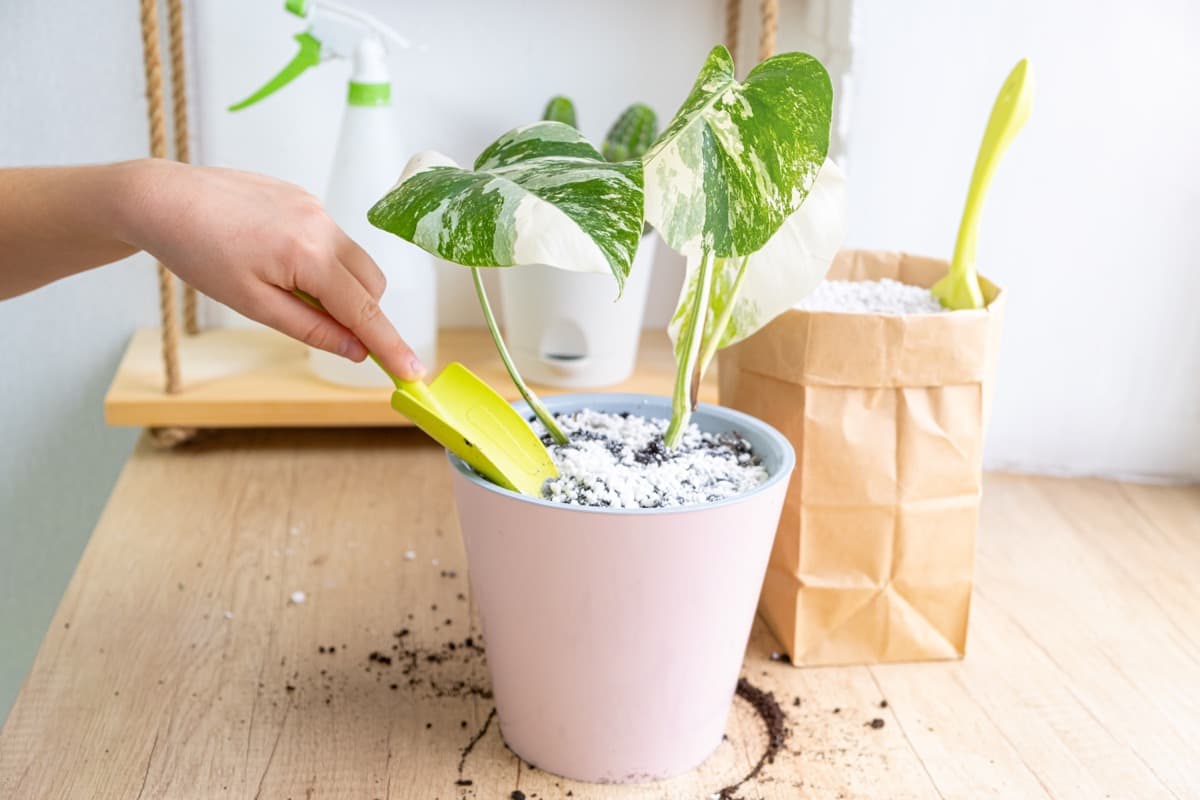
Vermiculite benefits
- Improves water retention in sandy or well-drained soils, which helps to keep plants hydrated during dry periods.
- Increases soil’s ability to hold nutrients, making them available to the plants over an extended period.
- Provides a sterile growing environment for seedlings and cuttings.
- It can be used to improve the overall structure of the soil, making it more absorbent and root-friendly.
It’s worth noting that both Perlite and Vermiculite are pH neutral and won’t affect the acidity or alkalinity of the soil. They are also non-toxic, non-flammable, and long-lasting, making them safe and sustainable options for gardening and agriculture.
Should you use Perlite or Vermiculite?
Whether you should use Perlite or Vermiculite depends on your plant’s specific needs and the soil’s characteristics.
- Perlite is better suited for plants that prefer well-drained soils. It is an excellent soil amendment for improving drainage and aeration, particularly in heavy clay soils. It can also be mixed with water to make a soilless mix for container planting.
- Vermiculite is better suited for plants that prefer moist soils. It is an excellent soil amendment for improving water retention, particularly in sandy or well-drained soils. It can also improve the overall structure of the soil, making it more porous and accessible for roots to grow.
In case you missed it: How to Grow and Care for Mandevilla in Your Garden

It’s also worth noting that Perlite and Vermiculite can be used with other soil amendments, such as compost and peat moss, to create a well-balanced soil mix for any plant. To determine the best option for your plants, you should consider the soil type and the water retention you have in your garden, as well as the specific needs of the plants you are growing. A soil test can help you understand your soil’s pH and nutrient levels and help you decide which amendment would be most beneficial.
Common characteristics of Perlite and Vermiculite
Perlite and Vermiculite are both popular soil amendments that share some common characteristics. Here are some of the similarities between Perlite and Vermiculite:
- Both are lightweight, heat-expanded minerals added to soil to improve its structure and water-holding capacity.
- Both are pH neutral and do not affect the acidity or alkalinity of the soil.
- Both can be used to improve drainage and aeration in heavy clay soils.
- Both can be used to start seedlings and propagate cuttings.
- Both can be used in combination with other
- Both are non-toxic and non-flammable, making them safe and sustainable options for gardening and agriculture.
- Both are sterile, which means they are free of disease, pests, or weed seeds.
- Compost and peat moss are two soil additions used to make a well-balanced soil mix for any plant.
How to use Perlite and Vermiculite on garden plants
Perlite and Vermiculite are both commonly used in potting mixes for garden plants. Both materials are lightweight and help improve the soil’s aeration and drainage. However, they have different properties and are used for different purposes. Perlite is often used to improve drainage in soil and prevent compaction. It is also useful for growing plants that prefer well-draining soil, such as cacti and succulents.
Vermiculite is often used to improve moisture retention in soil and provide a more stable environment for plants. It is also helpful in growing plants that prefer moist soil, such as tomatoes and peppers. It is recommended to use both Perlite and Vermiculite in a potting mix. For example, if growing cacti or succulents, use more Perlite in the mix to improve drainage. If growing tomatoes or peppers, use Vermiculite to improve moisture retention.
In case you missed it: How to Grow and Care for Lantana in Your Garden
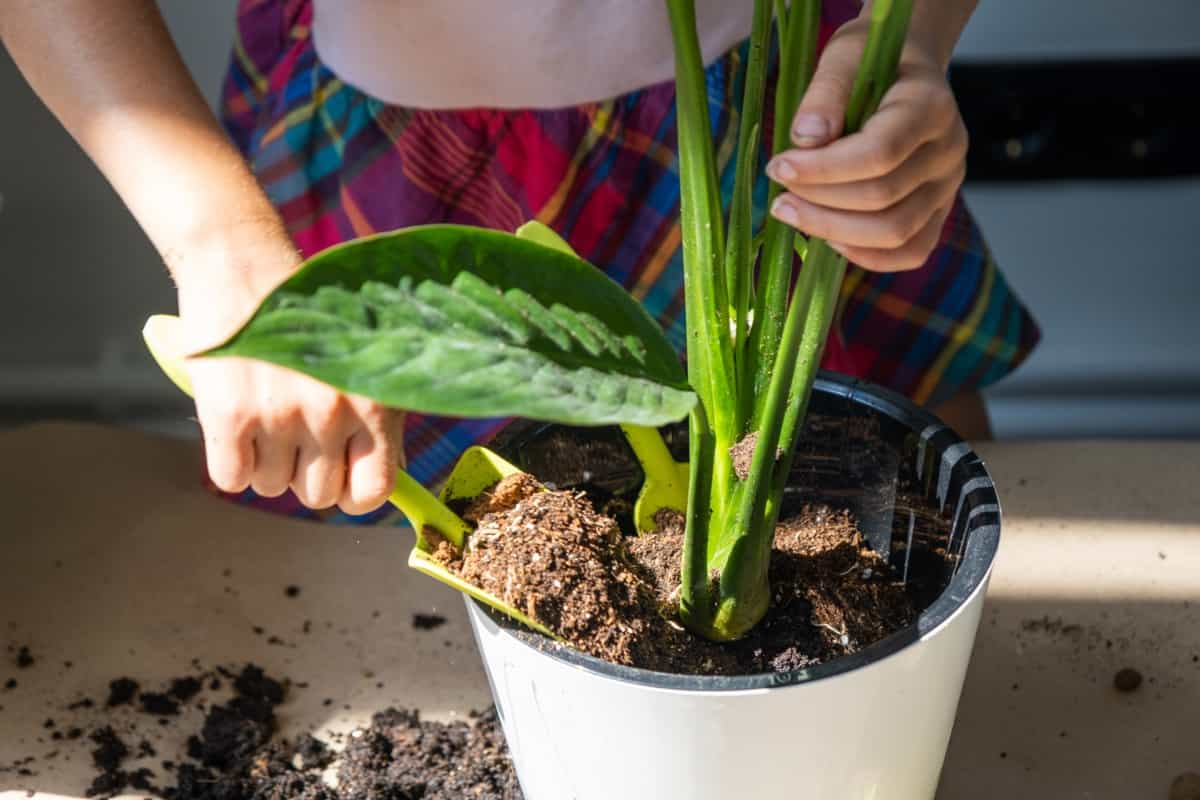
When mixing Perlite and Vermiculite, it is essential to ensure that the materials are well-mixed so that the potting mix is consistent throughout. You can use a garden fork, a trowel to mix the materials, or a mechanical mixer if available. It’s also important to note that both Perlite and Vermiculite are sterile, which means they will not contain any pathogens or weed seeds. Still, they will not provide any nutrients to the plants either.
That’s why they are often added to potting mixes with other soil components like peat moss or compost to provide the right balance of nutrition and drainage. A general guideline: To make potting soil, use 1 part perlite and two parts Vermiculite. It’s crucial to remember that the particular proportions may change depending on the type of plants you’re cultivating and their unique requirements. It’s always best to consult with a horticulturist or follow the instructions on your potting mix.
Can you mix Perlite and Vermiculite?
Perlite and Vermiculite can be mixed. They are often used in potting mixes to balance plant drainage and moisture retention. The combination of Perlite and Vermiculite can improve soil aeration, drainage, and moisture retention.
Where to get Perlite & Vermiculite?
Perlite and Vermiculite can be found in many garden and nursery centers, home improvement stores, and online retailers. Some popular retailers that carry Perlite and Vermiculite include Home Depot, Lowe’s, Amazon, and online gardening stores like Park Seed and Burpee. It’s also widely used in horticulture and agriculture; you can find it from suppliers catering to those industries. You can also check with your local nursery or gardening center; they might have them in bulk or more miniature packs.
Can Perlite be reused?
Perlite can be reused. After using it in a potting mix, it can be washed and sterilized to remove debris, pathogens, or fertilizers and then reused in a new mix. It is important to note that if the Perlite was used in a mix with diseased plants, it should not be reused as it may contain pathogens that could infect new plants.
In case you missed it: Common Mistakes Gardeners Make When Propagating Plants from Cuttings
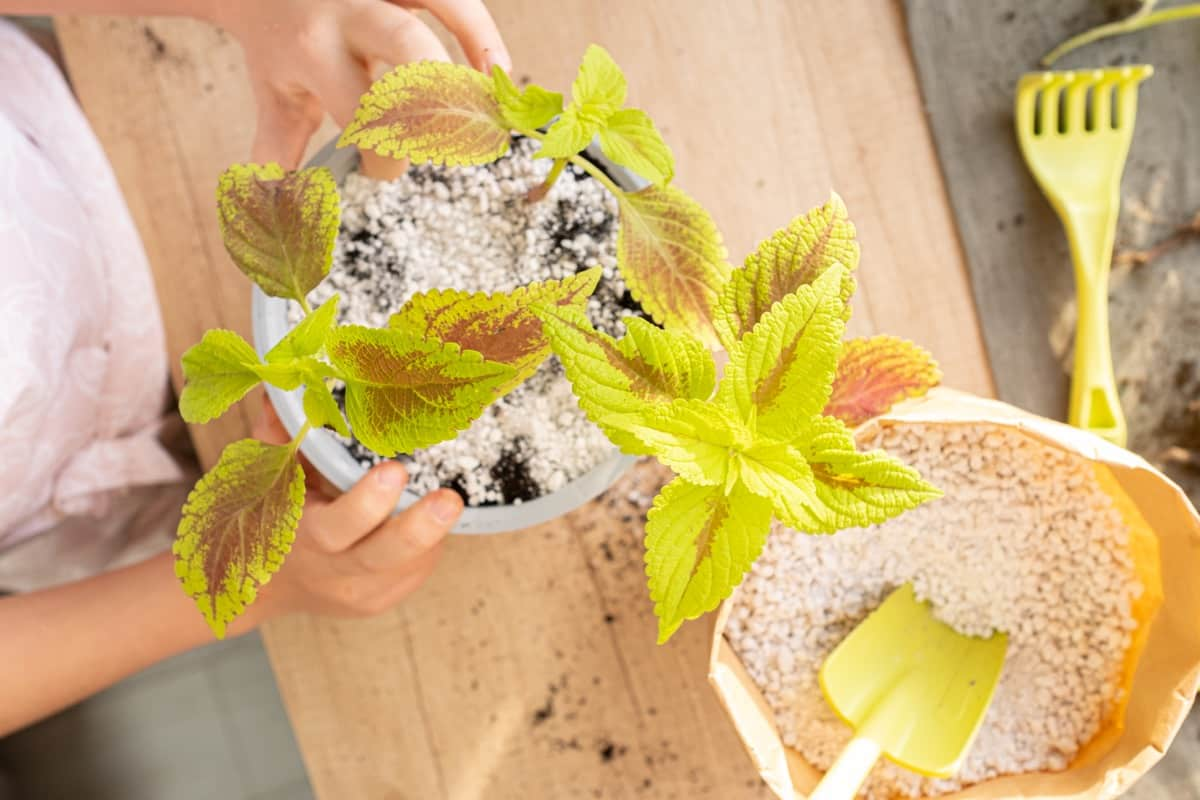
It is also important to note that if the Perlite has been used in a mix with fertilizer, it may lose effectiveness over time and need to be replaced. It is best to store it in a dry place, so it will not absorb moisture and retain its original shape and characteristics. It is essential to clean it thoroughly and dry it before reusing it.
Conclusion
Perlite and Vermiculite are valuable additions to your gardening routine, but they serve different purposes. Perlite is a lightweight, porous material that improves drainage and aeration in soil, making it ideal for plants that require well-draining soil. On the other hand, Vermiculite is a natural mineral that absorbs and holds water, making it ideal for plants that require more moisture in the soil.
Perlite and Vermiculite can be used in various gardening applications, including seed starting, potting mixes, and soil amendment. To get the best results for your garden plants, it’s essential to understand the specific needs of each plant and use the appropriate type of Perlite or Vermiculite. With the proper use of these materials, you can ensure that your plants have the right conditions to thrive.
- Flower Garden Designs and Layouts for Beginners
- Planting and Spacing Techniques in Papaya: A Beginner’s Guide
- Growing Gold: Essential Techniques for Planting Pineapples
- How to Make Kalanchoe Plant Bushy: Home Remedies and Solutions
- 11 Reasons Why Your Gardenia is Not Blooming: Home Remedies and Solutions
- Eco Elegance: The Guide to Designing a Drought-Tolerant Landscape
- Gardening on a Slope: Strategies for Hillside Landscaping
- Nourish and Flourish: Top Organic Mulches for Thriving House Plants
- Everything You Want to Know about Indian Mogra Flower: Discover Uses and Growing
- Green Thumb Success: Expert Tips for Cultivating Greenhouse Pumpkins All Year Round
- Maximize Growth & Flavor: The Ultimate Guide to Companion Planting in Herb Gardens
- How to Control Rhododendron Problems Naturally: Home Remedies and Organic Ways to Fix Them
- Natural Magic: The Remarkable Benefits of Cinnamon for Plants
- Best Steps to Revive Dying Tulip with Natural and Organic Treatment
- 10 Reasons Why Your Angel Trumpet is Not Blooming: Remedies and Treatment
- How to Fix Periwinkle Leaf and Flower-Related Problems: Natural Remedies and Solutions
- How to Fix Zinnias Leaf and Flower Problems: Discover Natural and Home Remedies
- Organic Steps to Induce Lemon Tree Flowers: A Comprehensive Guide
- Bloom Booster: Crafting the Perfect Homemade Bougainvillea Fertilizer
- Optimizing Growth: A Guide to Applying NPK Fertilizer for Potted Plants
- 10 Best Homemade Fertilizers for Rubber Plant: DIY Recipes and Application Method
- How to Boost Female Pumpkin Flowers: Effective Steps for More Flowers and High Yields
- Transform Your Indoor Garden: Top Benefits of Pink Salt for Houseplants
- 10 Best Homemade Fertilizers for Peacock Plants (Calathea): Easy DIY Guide
- Unlock Blooms: 9 Reasons Why Your Potted Chrysanthemum is Not Blooming
- 8 Reasons Why Your Potted Hibiscus is Not Blooming: Fix it with Simple Solutions
- Unlock Blooms: 9 Key Reasons Your Potted Frangipani Won’t Flower
- 10 Reasons Why Is My Ice Plant Not Blooming: Remedies and Treatment
- 10 Reasons Why My Potted Hydrangea Not Blooming: Treatment and Remedies
- 10 Reasons Why is My Wisteria Not Blooming: Remedies and Treatment
- 10 Reasons Why is My Goldfish Plant Not Blooming: Remedies and Treatment
- Maximize Your Space: Ultimate Guide to Balcony Gardening with Grow Bags
- 10 Reasons Why Your Iris is Not Blooming: Remedies and Treatment
- 10 Reasons Why Your Anthurium Plant is Not Blooming: Treatment and Remedies
- 10 Reasons Why Your Aquaponic Plants Are Not Flowering: Remedies and Treatment
- 10 Reasons Why Your Agapanthus is Not Flowering: Remedies and Treatment